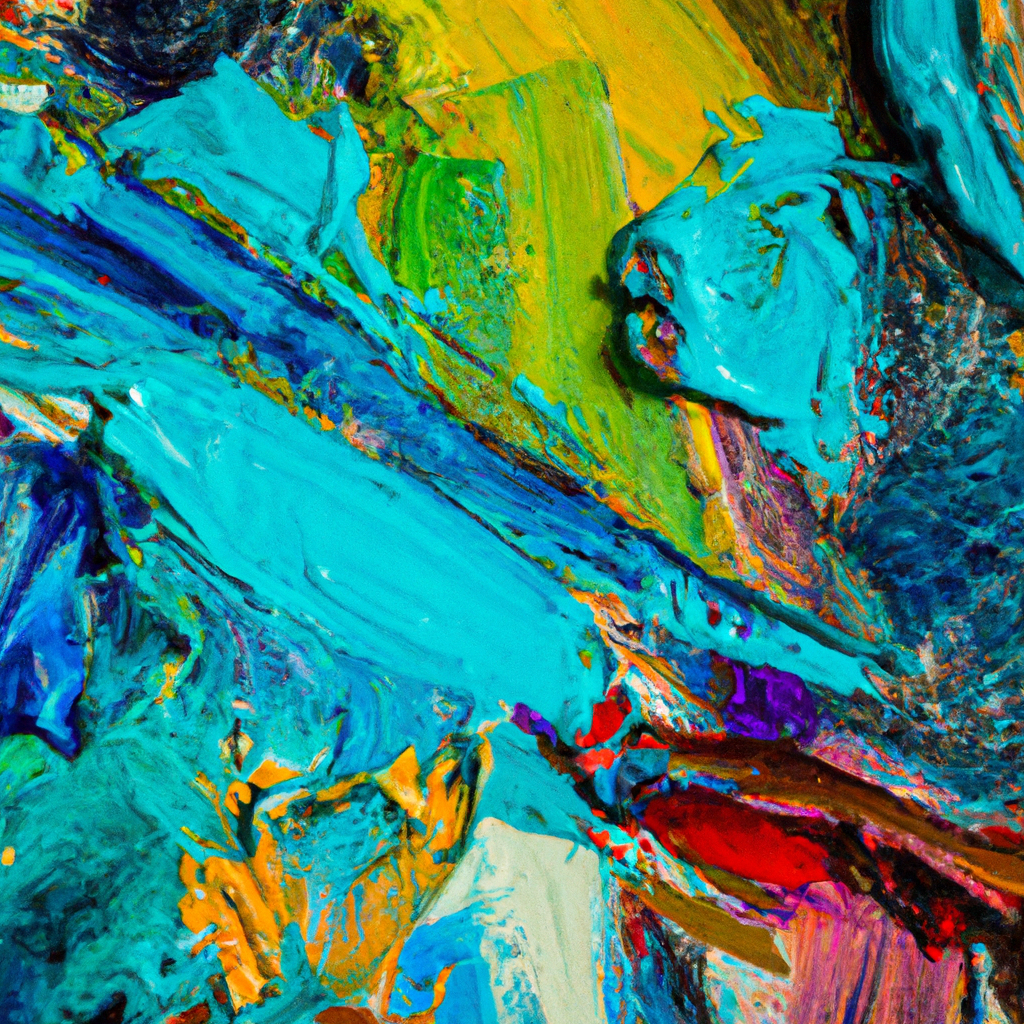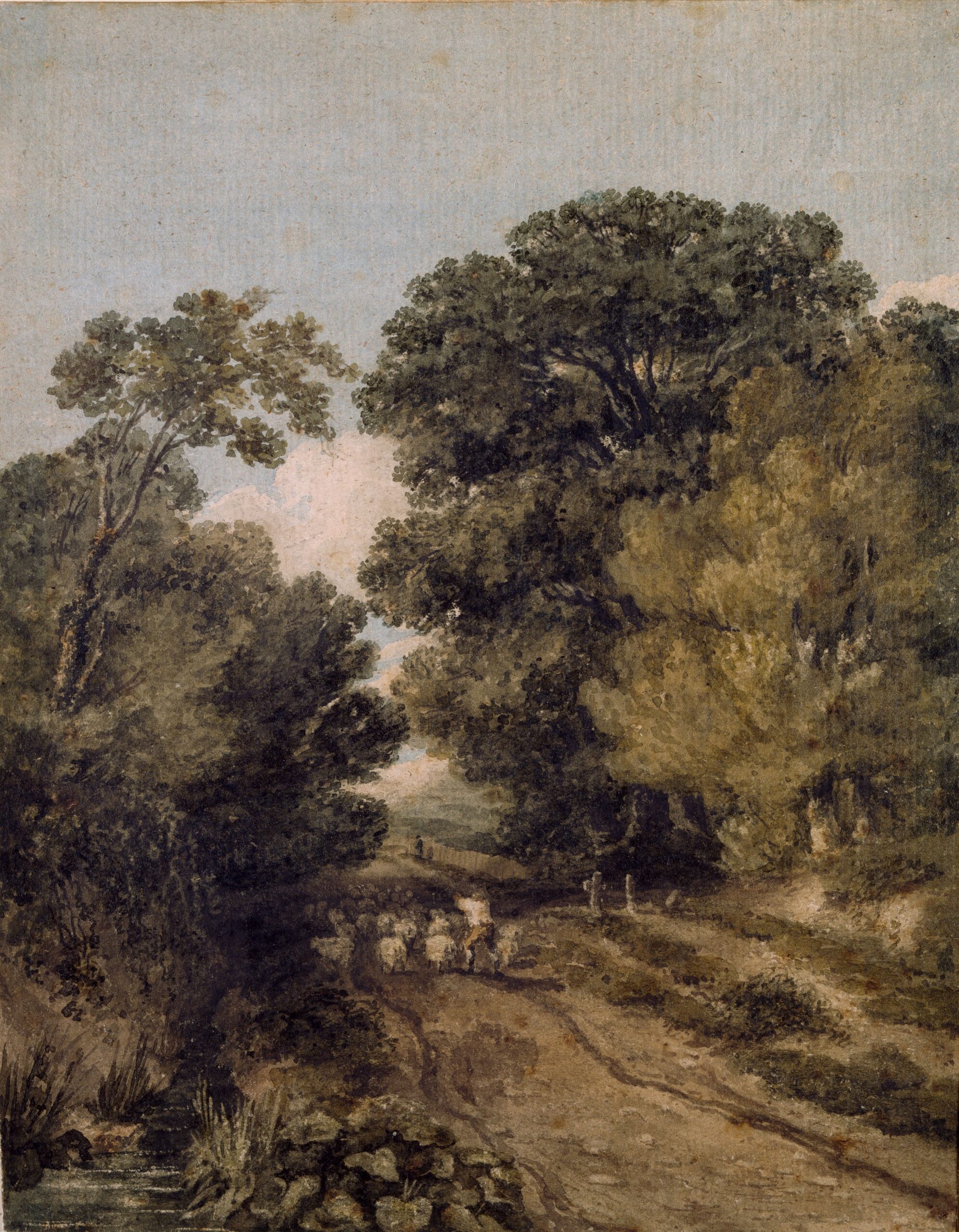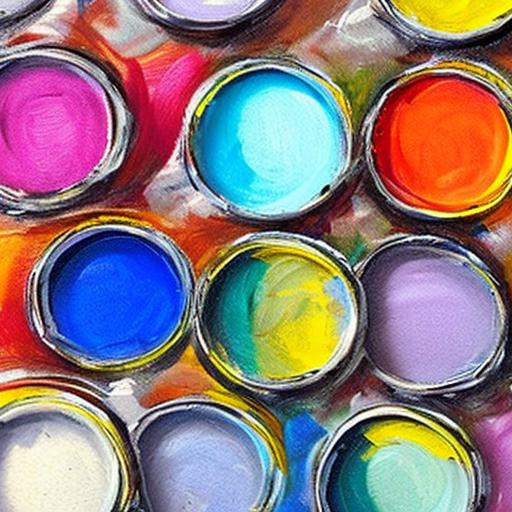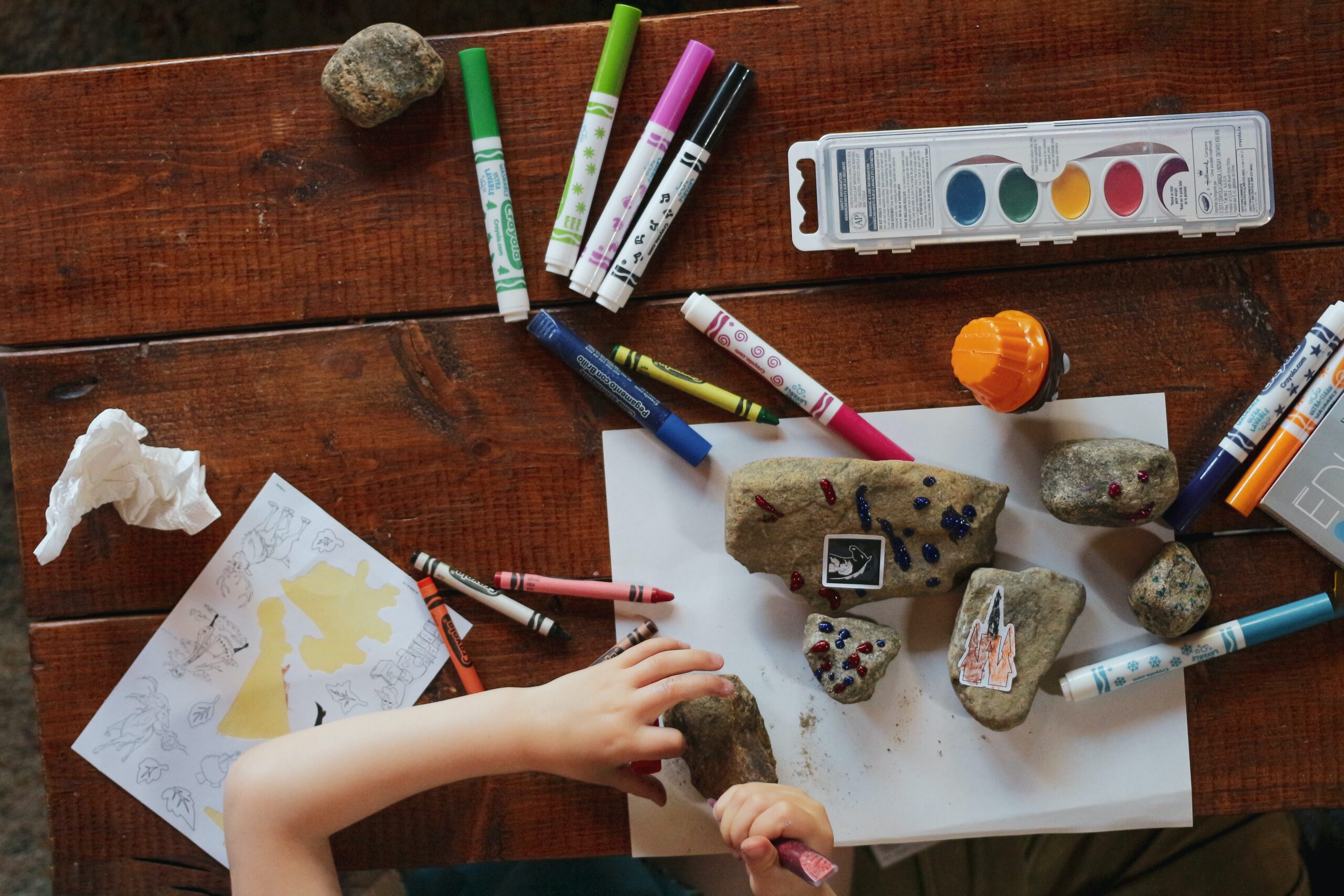You’re an artist on a budget, and you love working with acrylic paint. However, you’ve noticed that the cheap acrylics you’ve been using are not as opaque as you would like them to be. Don’t worry, because in this article, we’ll show you some simple yet effective techniques to make your cheap acrylic paint more opaque. By the end, you’ll be able to achieve the vibrant, rich colors you desire without breaking the bank. So grab your brushes and let’s get started!

Choosing the Right Acrylic Paint
acrylic paint comes in various levels of opacity, which can greatly affect the outcome of your artwork. Understanding the opacity scale is crucial in choosing the right paint for your needs. The opacity of acrylic paint refers to its ability to hide what is underneath it.
While some artists prefer the transparency of certain acrylic paints for specific techniques, others may prefer a more opaque finish. Opaque acrylic paints are ideal for achieving solid, vibrant colors and covering up mistakes or underlying layers.
When choosing acrylic paint, it is important to opt for high-quality paint brands. While there may be cheaper options available, investing in reputable paint brands ensures better pigment concentration and opacity.
Consider the pigment concentration of the acrylic paint you choose. Paints with a higher pigment concentration tend to have better coverage and opacity. Look for paints labeled as “opaque” or “highly pigmented” for the best results.
You may also want to explore different acrylic mediums. Adding an opaque acrylic medium to your paint can significantly increase its opacity. These mediums are specifically designed to enhance the opacity of acrylic paint and can be mixed directly into the paint or used as a separate layer.
Preparing the Canvas or Surface
To maximize the opacity of your acrylic paint, proper surface preparation is essential. Priming the surface is the first step in ensuring good adhesion and enhancing the opacity of the paint.
Apply a layer of gesso to the canvas or surface before starting your artwork. Gesso acts as a primer, creating a smooth and absorbent surface for the paint. This helps to increase the opacity of the paint and allows for better color vibrancy.
For an even greater increase in opacity, consider applying multiple layers of gesso. Each layer adds to the depth and opacity of the final paint layers.
Sanding the surface before applying gesso can also help improve adhesion. Use a fine-grit sandpaper to lightly sand the surface, creating a slightly rough texture for the paint to adhere to. This extra step can make a noticeable difference in the opacity and longevity of your artwork.
Mixing Techniques for Increased Opacity
If you’re working with less opaque acrylic paints, there are several mixing techniques you can use to increase their opacity. By experimenting with different approaches, you can achieve the desired level of opacity in your artwork.
One effective technique is to start with a white or light-colored base. Applying a base layer of white acrylic paint or a lighter hue can create a solid foundation for your artwork, making subsequent layers appear more opaque.
Adding titanium white to your paint mix can also enhance opacity. Titanium white is known for its high opacity, and incorporating it into your color mix can significantly increase the opacity of the paint.
Experimenting with a limited color palette can also help achieve greater opacity. By using only a few colors, you can focus on layering and building up the paint in areas that require more coverage, making them appear more opaque.
Mixing colors to create opaque shades is another effective technique. By combining complementary colors or adding small amounts of black or gray to your mix, you can create shades with increased opacity.
Layering and Building up Paint
Layering and building up the paint is a great way to achieve greater opacity in your artwork. By applying multiple thin layers instead of one thick layer, you can gradually build up the opacity and vibrancy of the colors.
Allow sufficient drying time between each layer. This ensures that the previous layer is completely dry before applying the next, preventing any unwanted blending or smudging.
To create even more depth and texture, consider using transparent colors as glazes. Glazing involves applying a thin layer of transparent paint over dry, opaque layers. This technique allows the underlying layers to show through while still adding richness and depth to the overall painting.
Creating textures with impasto techniques can also enhance opacity. Impasto involves applying thick, textured layers of paint using a palette knife or brush. This technique not only adds visual interest to the artwork but also increases the opacity and tactile quality of the paint.
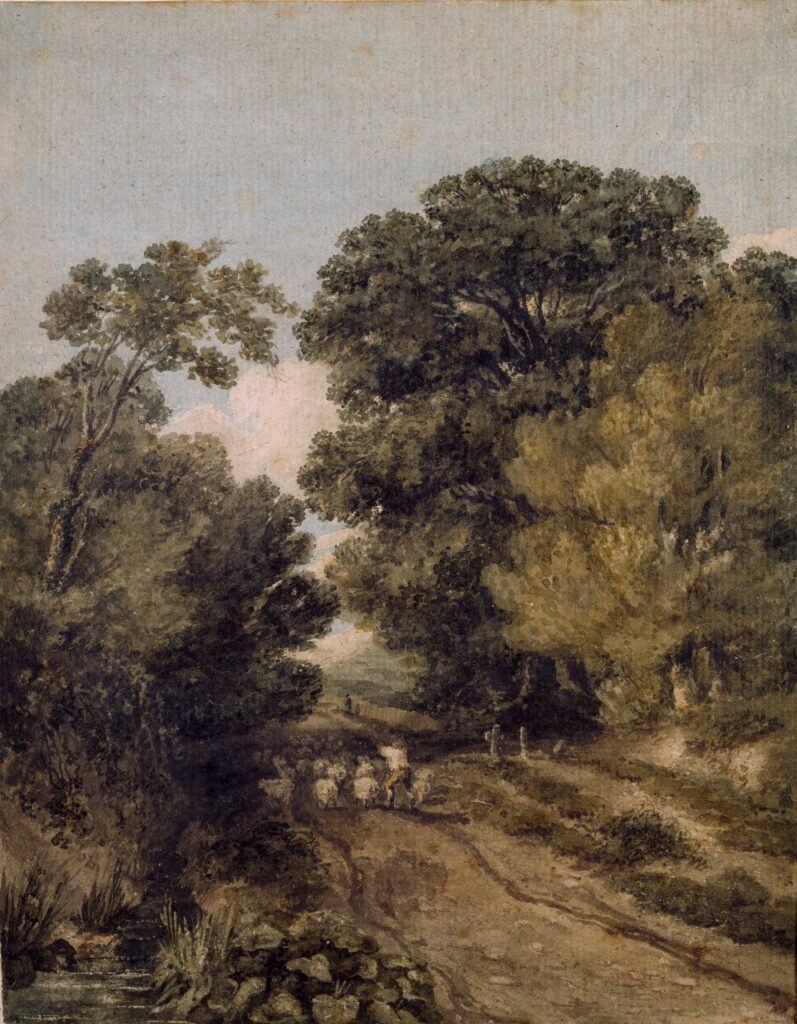
Using Opacifying Agents
Opacifying agents can be added to acrylic paint to increase its opacity. These agents are specifically designed to make paint more opaque and can be mixed in directly or used as a separate layer.
Adding opaque acrylic mediums to your paint mix is a simple and effective way to increase opacity. These mediums are formulated to enhance the opacity and coverage of acrylic paint. Mix them directly into the paint or apply them as a separate layer to achieve the desired level of opacity.
Incorporating dry pigments or fillers into the paint can also boost its opacity. These additives come in various colors and can be mixed in with paint to increase its coverage and opacity. However, it’s important to note that excessive use of fillers can alter the properties of the paint, so experimentation is key.
mixing your acrylic paint with opaque white gouache is another method to enhance opacity. Gouache is a water-based paint that has a higher level of opacity compared to acrylic paint. Mixing it with acrylic paint can help achieve a more opaque finish.
Enhancing Opacity with Additional Tools
Aside from specific techniques and opacifying agents, using the right tools can also enhance the opacity of your acrylic paint.
When aiming for thicker applications, a palette knife can be used to apply paint directly onto the canvas. The thick layers created with a palette knife tend to be more opaque and add texture to your artwork.
The choice of brushes also plays a role in opacity. Stiff brushes can help apply paint more densely, resulting in a more opaque finish. soft brushes, on the other hand, are better suited for blending and creating smoother transitions between colors.
A dry brushing technique can also increase opacity. Simply load a small amount of paint onto a dry brush and apply it lightly to the canvas. This technique leaves a textured, streaky appearance, adding depth and opacity to specific areas of your artwork.
Working with heavy body acrylic paint can also enhance opacity. Heavy body acrylics have a thicker consistency and higher pigment load, making them naturally more opaque. They are ideal for achieving solid, opaque layers in your artwork.

Improving Opacity through Color Theory
Understanding color theory can greatly help in improving the opacity of your acrylic paint. By utilizing different color combinations and considering color temperature, you can achieve a more opaque finish in your artwork.
Utilizing complementary colors can enhance the opacity of your acrylic paint. Complementary colors are located opposite each other on the color wheel and, when mixed together, create neutral or opaque shades. Incorporating these combinations in your artwork can help achieve greater opacity.
Experimenting with tints and shades can also contribute to opacity. Tints are created by adding white to a color, while shades involve adding black or darkening the color. By adjusting the intensity and value of colors, you can achieve the desired opacity in your artwork.
Mixing with neutral gray or black can further increase the opacity of your paint. These colors have a higher level of opacity compared to other hues and can be used to create various shades and tones.
Consider the color temperature of your paint as well. Warm colors tend to have a higher level of opacity compared to cool colors. Incorporating more warm hues into your artwork can help achieve a more opaque finish.
Addressing Specific Transparency Issues
Sometimes, specific transparency issues arise when working with acrylic paint. It is important to know how to address them to achieve the desired level of opacity in your artwork.
If you are dealing with transparent or semi-transparent pigments, layering and building up the paint is key. By applying multiple thin layers of the transparent color, you can gradually increase its opacity and coverage. Alternatively, you can mix an opaque medium or white paint into the transparent color to make it more opaque.
When working with semi-opaque paints, it’s possible to rescue them to some extent. Adding layers of opaque paints on top or using opacifying agents can help increase the opacity and cover any underlying layers that may be showing through.
Staining pigments pose a unique challenge as they can be difficult to conceal. To minimize their transparency, use them sparingly or apply an opaque layer on top to mask their staining effects. Selecting pigments with higher opacities when working with staining colors can also help achieve a more opaque result.

Sealing and Varnishing the Final Artwork
Once your artwork is complete, sealing and varnishing it is essential for preserving its appearance and protecting it from fading or damage. Choosing the right varnish can also enhance the opacity and vibrancy of the colors.
Consider using a matte or gloss varnish, depending on your preference. Matte varnish provides a non-reflective finish, while gloss varnish adds a shiny, reflective surface to your artwork. Both types of varnish can enhance the colors and opacity of your artwork.
When applying varnish, it is best to do so in multiple thin coats rather than one thick coat. This ensures an even and consistent application, reducing the risk of brush marks or uneven drying.
To further enhance the opacity and longevity of your artwork, consider using isolation layers. These are layers of varnish or medium applied between paint layers to prevent any color bleeding or loss of opacity. Isolation layers help maintain the vibrancy and opacity of your colors over time.
Conclusion
Achieving the desired opacity in your acrylic paintings requires a combination of techniques, materials, and experimentation. By understanding the opacity scale, choosing high-quality paint brands, and considering pigment concentration, you can select the best acrylic paint for your needs.
Proper surface preparation, such as priming with gesso and sanding, helps enhance the opacity and adhesion of your paint. Mixing techniques, layering, and using opaque mediums or white gouache can significantly increase the opacity of your paint.
By utilizing specific tools, such as palette knives, brushes, and employing dry brushing techniques, you can enhance the opacity and texture of your artwork. Understanding color theory and addressing specific transparency issues also contribute to achieving the desired level of opacity in your paintings.
Sealing and varnishing your final artwork not only preserves its appearance but also enhances the opacity and vibrancy of the colors. Choosing the right varnish and applying multiple thin coats ensures a professional finish.
In conclusion, experimenting with different techniques and materials, as well as understanding the effects of color theory, is key to making cheap acrylic paint more opaque. With practice and exploration, you can achieve the desired level of opacity in your artwork and bring your creative vision to life.
